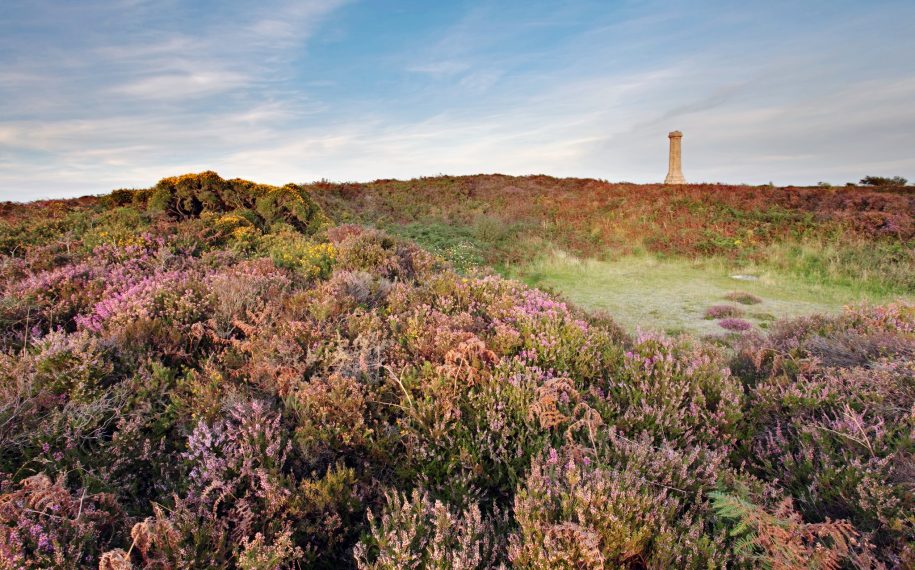Dr Anne Teather, Director (Past Participate), said:
“This incredible discovery represents the research value that community heritage projects can bring. We are grateful for the Farming in Protected Landscapes scheme for funding that stimulated these investigations into the Valley of Stones, and Historic England and local landowners for their support. We hope to secure further funding that will enable us to continue our work in this landscape with our committed team of volunteers.”
Jim Rylatt, Director of Archaeology (Past Participate), said:
“Finding a polissoir was a very unexpected outcome of our sarsen survey. These stones rarely survive, but would have been extremely important to Neolithic people, as without axes they could not have cleared woodland and farming would have been impossible. Our investigation of the polissoir will provide important insights into the use of this landscape almost 6000 years ago.”
Sasha Chapman, Inspector of Ancient Monuments at Historic England, said:
“This is a hugely exciting and rare discovery in this little understood historic landscape, which is giving us an opportunity to explore the use of the stone, and the communities who were using it. Historic England has been pleased to support Past Participate who made the original discovery. Our scientists and Landscape Investigators are providing specialist expertise and advice to enable a better understanding and record of this unique site and its wider archaeological setting.”
Rob Beard, Reserve Manager Natural England, said:
“We are really excited to be working with Historic England and Past Participate to find out more about how people have lived in, worked and shaped the historic landscape at the Valley of Stones for thousands of years. The wealth of earthworks and archaeological remains on the site have a fascinating and complex story to tell and we are really fortunate to have the experts working with us to interpret and understand more fully this special place and the people who made it.”
Tom Munro, Dorset AONB Manager, said:
“We are delighted to have been able to support Past Participate’s work in this area through the Farming in Protected Landscapes Fund which has led to this remarkable find. It’s a reminder of the time depth of this nationally important landscape, and how human activity has shaped it for thousands of years. It’s also a story about the connections between people, past and present, and the value of communities engaging with these very special landscapes.”















